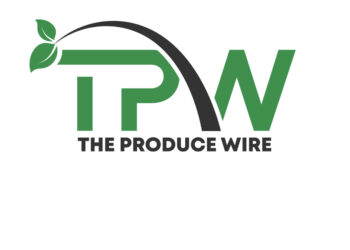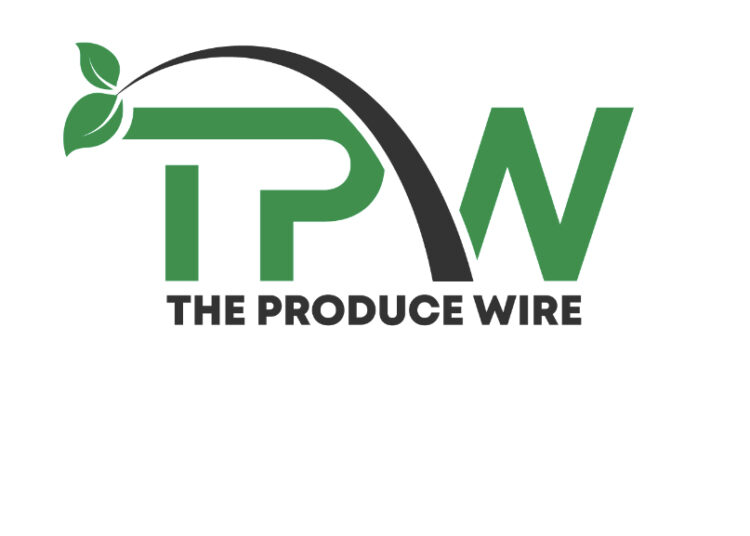Women face barriers to entry in the trucking industry, and harassment and other issues persist after they join the male-dominated field, according to a new study by the American Transportation Research Institute.
The 65-page study, released Tuesday, identifies challenges women in trucking encounter and solutions to the issues. The Washington-based nonprofit learned from survey and focus group respondents that top challenges included industry image and perception, training school completion, truck parking shortages and restroom access, and gender harassment and discrimination.
The Bureau of Labor Statistics reported last year that only about 7% of drivers were women, although different agencies and organizations publish conflicting statistics. ATRI found that only about 3% of Class 7 or 8 drivers were women. The report says that when it came to driving, “female truck drivers were safer than their male counterparts in every statistically significant category” and the industry depended upon their contributions.
“ATRI’s research gives a voice to the thousands of women truck drivers who have found successful and satisfying careers in this industry and encouragement to other women to consider truck driving jobs,” Emily Plummer, a professional driver for Prime Inc., said in ATRI’s announcement.
The report found that of 12 problems drivers experience daily, women experienced 11 of the problems more often than men. Among the issues are lack of child care and limited access to exercise facilities, safe parking and restrooms. Female drivers told researchers they believe the field is more challenging for women due to the sexism and disrespect they sometimes face.
Harassment or discrimination is a daily occurrence for 1 in 6 female drivers, the report says. About one-third of women reported they had never experienced harassment, while about two-thirds of men said they never experienced it.
“Despite many women drivers indicating that they are respected and treated fairly, this is not a universal experience,” the report says.
Even with the challenges female truck drivers face, more women are joining the industry. Between 2014 and 2018, the field saw a 41% increase of female drivers ages 25 to 29.
Researchers identified the six key challenges women face as:
Negative industry image and perception, including inequitable social norms.
Inability to complete driver training, including cost barrier and limited child care.
Unsatisfactory company culture, including inconsistent communication.
Inability to acclimate to over-the-road lifestyle, including insufficient home time.
Limited parking and restrooms, including lack of safe parking.
Excessive gender harassment, including discrimination during training and personal safety concerns.
Researchers recommended these strategies to improve conditions for current female drivers and to encourage more women to join the field:
Highlight pay parity in the industry.
Include women in marketing materials and on social media.
Promote company-sponsored CDL programs to combat cost barriers.
Develop a company-implemented open-door policy.
Advocate for mental health support.
The post ATRI report finds most women in trucking face harassment appeared first on FreightWaves.














